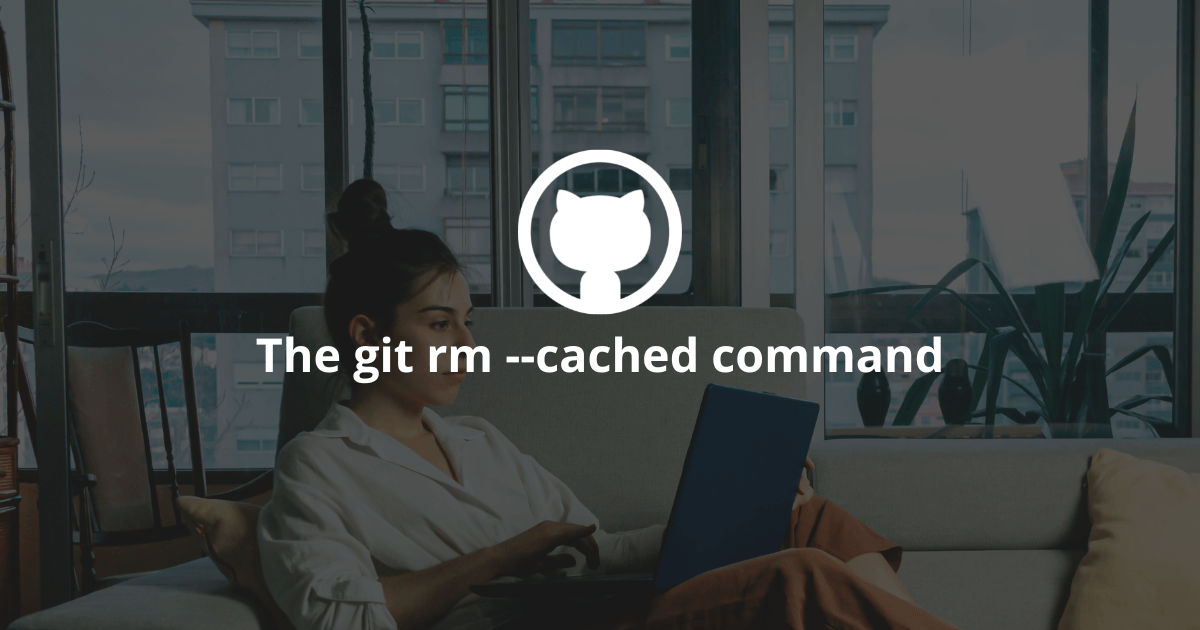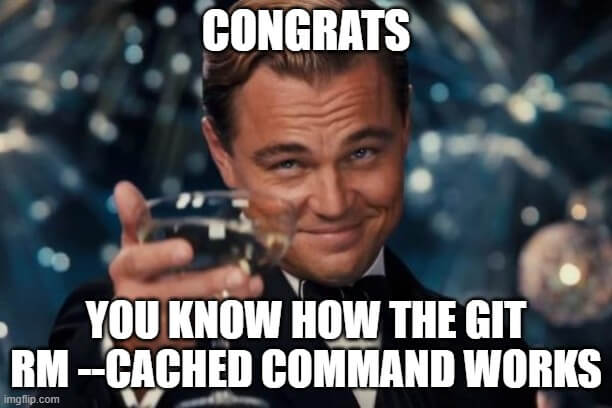How Does The git rm cached Command Work?
Most developers love Git because it provides easy commands to version control the source code of a project. One of the commands offered by Git is the git rm command used to remove files. Although this command is simple, it comes with a cached option which many don't understand.
The git rm --cached command removes a file from the index BUT keeps it in the working directory.
This article will explain the git rm --cached command and show different examples of how to use it.
Let's get to it 😎.

The definition
The git rm --cached command removes a file from the Git index AND keeps it in the working area.
To complete the file removal, you need to commit the change and push it to a remote.
You can also delete a directory using the recursive option, like so:
bashgit rm -r --cached directory_name/
Example
Let's say you have a Git repository with a committed file called index2.js that you wish to remove from the index and keep in your working area.
1. Remove the file.
bashgit rm --cached index2.js
2. Use the git status command to check the changes.
bash> git status
Changes to be committed:
(use "git reset HEAD <file>..." to unstage)
deleted: index2.js
Untracked files:
(use "git add <file>..." to include in what will be committed)
index2.js
As you can see, the file called index2.js is removed from the Git index but still exists in the working area.
To complete the operation, commit and push the change.
git rm --cached vs git rm
Both commands remove one or many files from the Git index.
The most significant difference between those two commands is:
- The git rm --cached command keeps the file in the working area.
- The git rm command deletes the file from the working area.
How to revert?
To revert the git rm --cached command, you can use the git reset HEAD . command.
If you've committed the changes, you can use the git reset HEAD~1 command to revert.
Read more: Restore a deleted file in Git
Final thoughts
As you can see, the cached option of the git rm command is useful when you want to delete a file but keep it in the working area.

Here are some other Git tutorials for you to enjoy:

